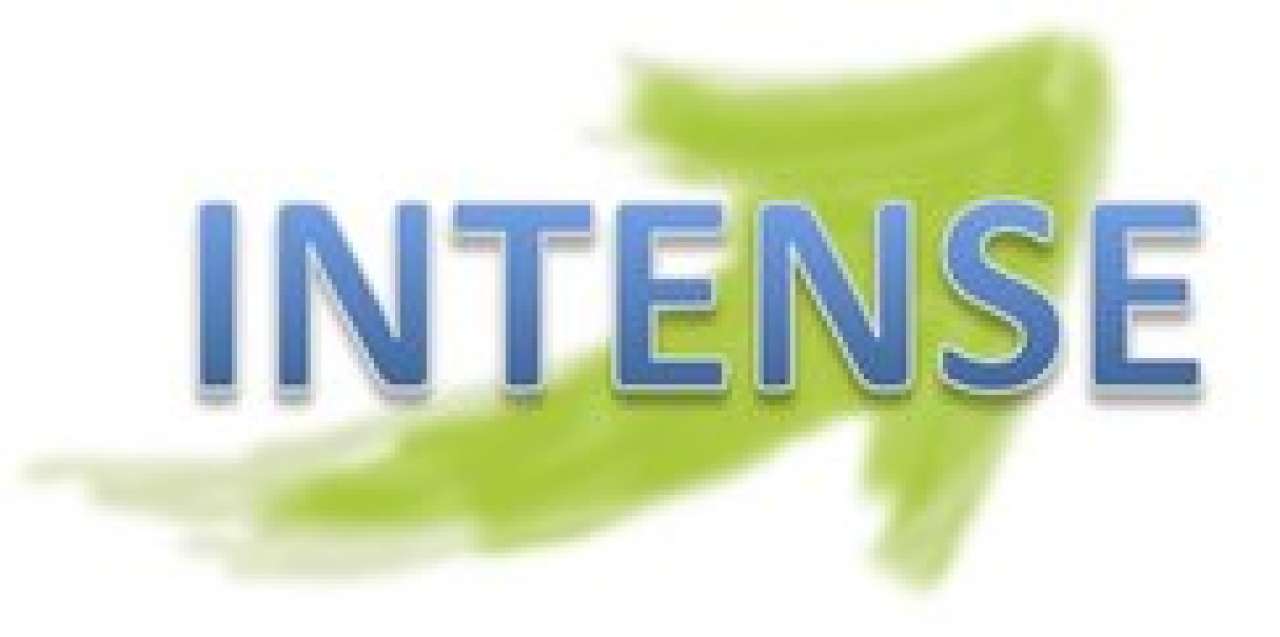Work Package 5

Implementing sustainability of marginal lands: outreach and demonstration
Description of the tasks
Task 5.1: Best management practices
Partners involved: SGGW, UPARMA, all partners
SGGW and UPARMA will cooperatively evaluate the soil improvement based on biological and physico-chemical parameters and feed the date into models for prediction. An estimate of the farm gate expenses and yields will be submitted to UHAS and NIBIO groups for economical modelling.
Task 5.2: Decision support system for best species
Partners involved: all partners
The best performing plants in terms of resistance to the stresses on marginal soils will be identified by HMGU, and their rhizospheres characterized by UHAS in the second year. Together with BIOGECO a DSS available from the GREENLAND project will be implemented before the final experiment.
Task 5.3: Organizing the final joint experiments
Partners involved: all partners
Sites will be prepared (likely Lommel and Martl-Hof, Tegernsee) for the adoption of the best farming methods and species. The success of experiments will be monitored by all partners, to determine the increase of sustainability, productivity and other ecosystem services with all tools available within the project.
Task 5.4: Validate results
Partners involved: all partners
The surplus productivity, economic growth, and sustainability indicators will be scrutinized, and fed into the available models. The role of MACSUR is of high importance in this respect and contacts are held by NIBIO.
Task 5.5: Outreach activities to ER and ESR
Partners involved: all partners
During the project ESR and ER will be involved in the experiments, the social media, and evaluation of data. One or two summer schools will be held to demonstrate the importance of the bioeconomy and the implementation of marginal lands into production. The final summer school will be held at UHAS, in connection to the final joint experiment.

